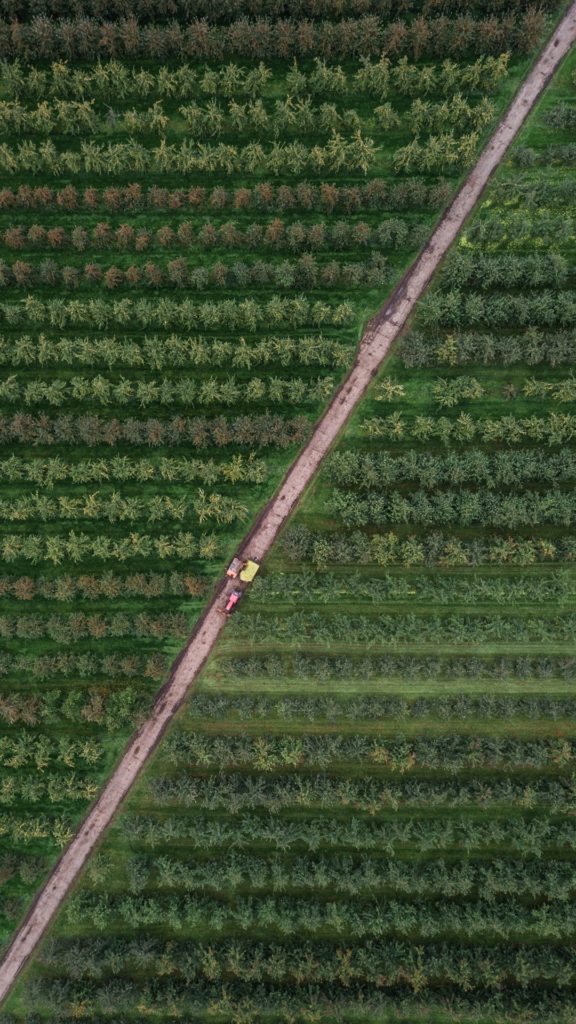El avance de la agricultura digital le permite a las empresas agrícolas controlar cada vez mejor toda la información de sus procesos.
Cada vez vez hay más y más data en el mundo. La proliferación del Internet que se impulsó por la omnipresencia de los dispositivos móviles ha sido un generador masivo de contenido y conectividad.
Esta conectividad ha permitido el desarrollo del Internet de las Cosas que permite conectar todo tipo de dispositivos físicos, permitiendo recolectar y transmitir volúmenes antes inimaginables de información, revolucionando industrias enteras.
La agricultura está cosechando los beneficios de está revolución digital. La data que se puede obtener en el campo o a través de sensores móviles en tractores, drones, satélites y otras herramientas es infinita. Sin embargo, la data por si sola no genera un valor agregado, tenemos que ser capaces de analizarla e interpretarla para que realmente aporte valor y crecimiento.

En la agricultura digital, los datos del proceso productivo son todas las observaciones o resultados de las mediciones que el productor tiene desde presiembra a poscosecha. Los datos de campo permiten dar un gran salto en la mejora de la productividad.
El manejo de datos ha sido disruptivo para la agricultura, un gran paso para la mejora de la producción, tanto como lo fueron en su momento el tractor, la siembra directa o la soja resistente a herbicidas. Estos datos siempre fueron generados en el campo, pero gracias a la digitalización ahora existe la posibilidad de analizarlos y entender lo que sucede.
A medida que la cantidad de datos sobre un campo incrementa, las previsiones se tornan más eficientes. En base a un histórico de datos acumulados, el productor puede tener claridad sobre el manejo realizado en una cosecha y en campañas anteriores, y a partir de allí, analizar todos los datos de un lote.
Con la tecnología disponible y herramientas de agricultura digital, se puede comprender en detalle cuáles fueron las causas de las buenas y las malas cosas que sucedieron. Anteriormente, los datos se anotaban en libretas o solo quedaban en la memoria del productor. En la actualidad, los datos almacenados de manera digital permiten realizar análisis completos a lo largo de los años.
Los datos almacenados en herramientas digitales pueden ser utilizados para tomar decisiones acertadas en distintas etapas, por ejemplo, en la etapa de cosecha se puede cuantificar el total cosechado, distribución por variedades, parámetros de calidad entre otros.
Al tomar decisiones inteligentes basadas en datos para tus cosechas, podrás:
La precisión es el arma más poderosa de nuestras decisiones, pues se basa en realidad y persigue el éxito sobre los trabajos en el sector agrícola. Tomar decisiones basadas en datos permite obtener soluciones rápidas y eficaces.
Nuestro equipo comercial te contactará para elegir el mejor plan según tus necesidades.